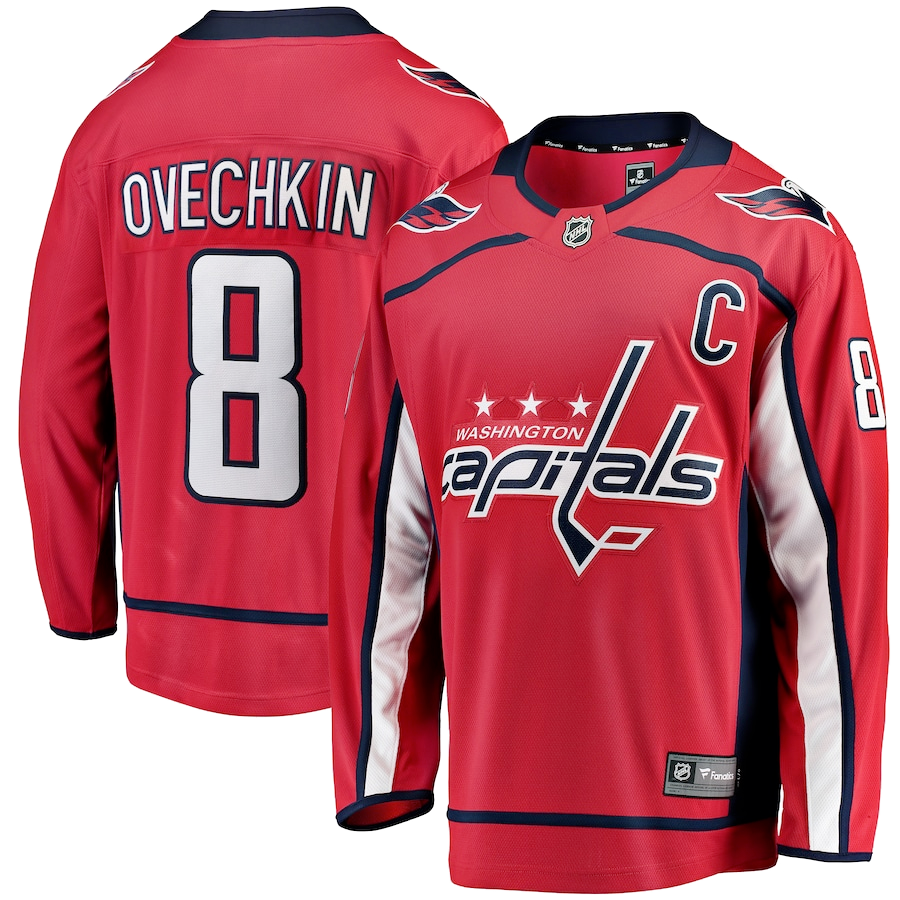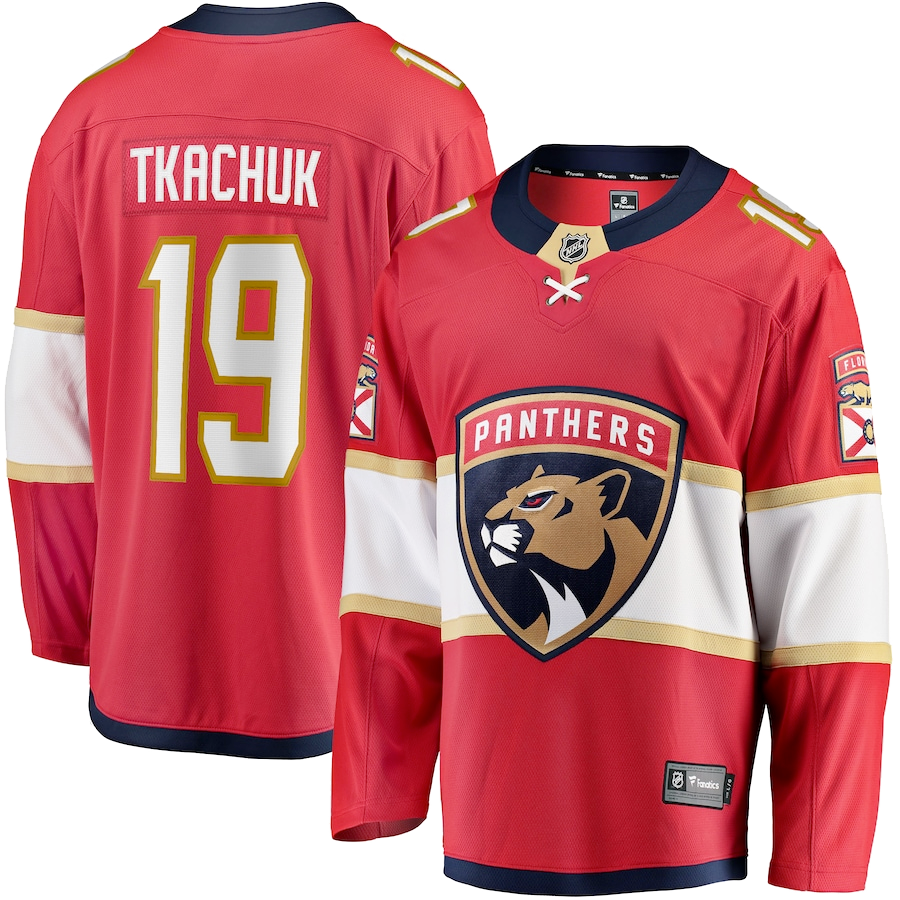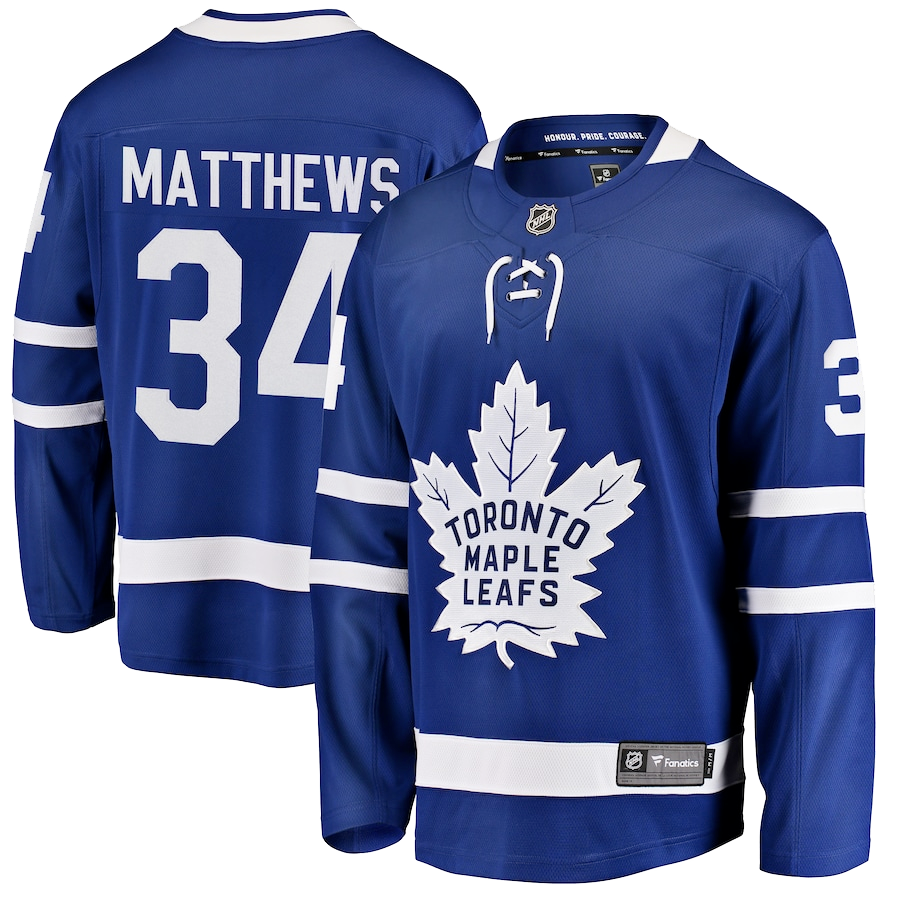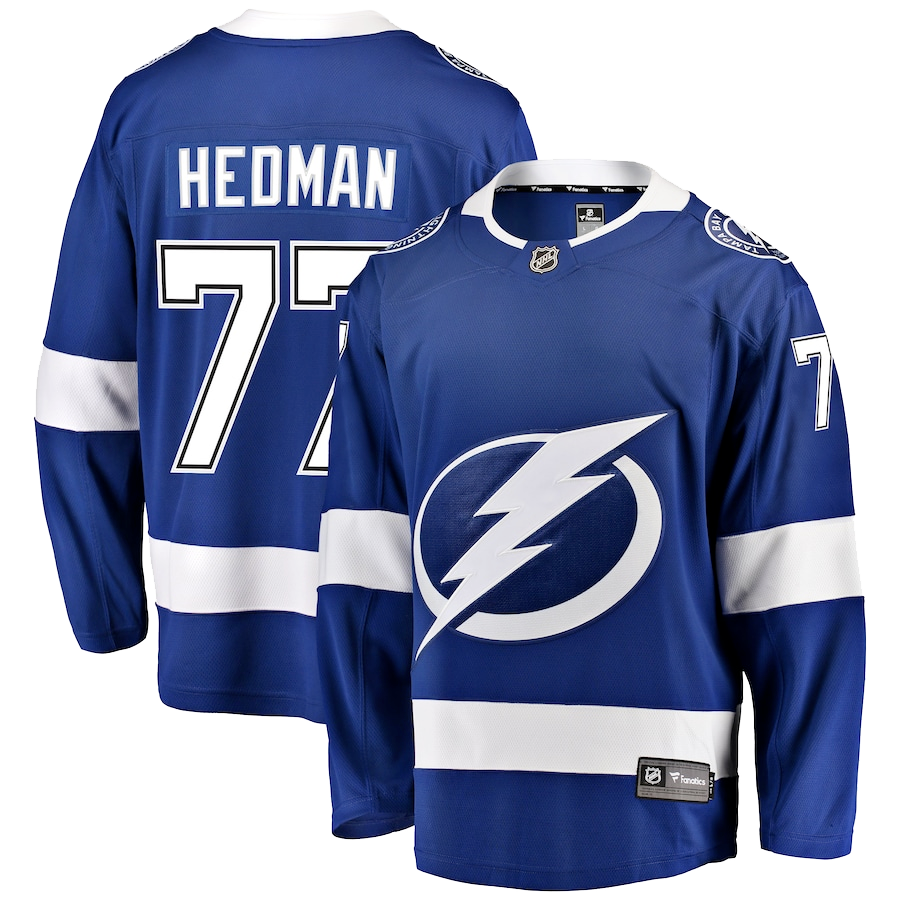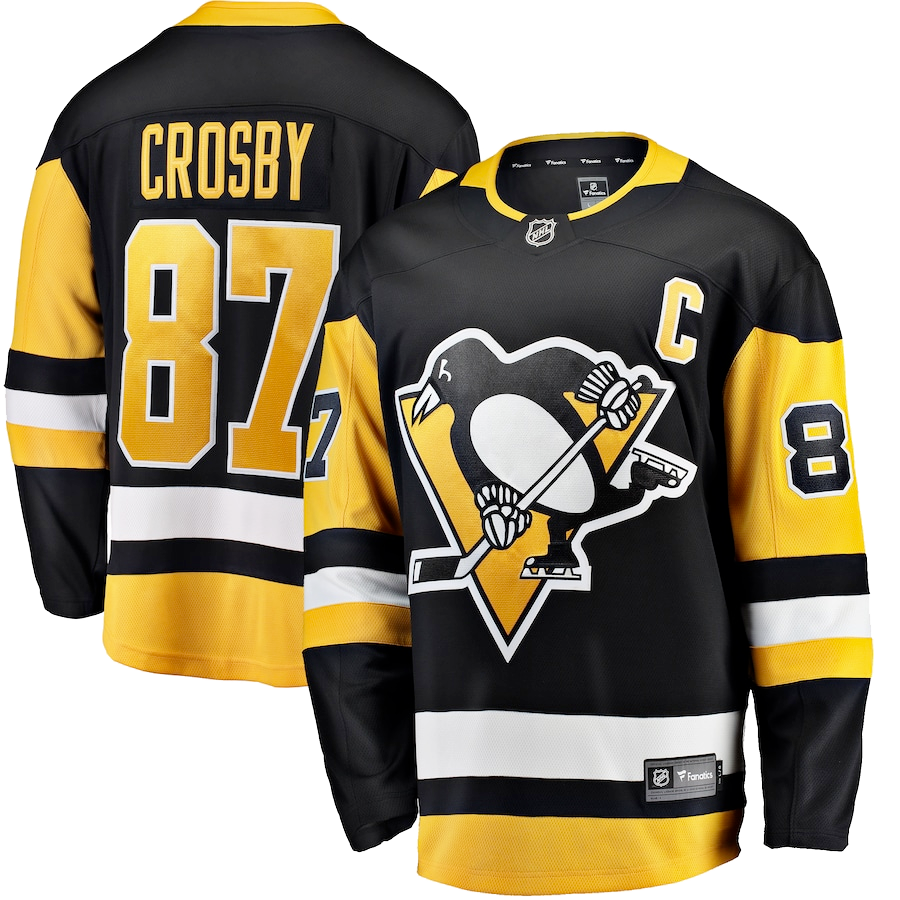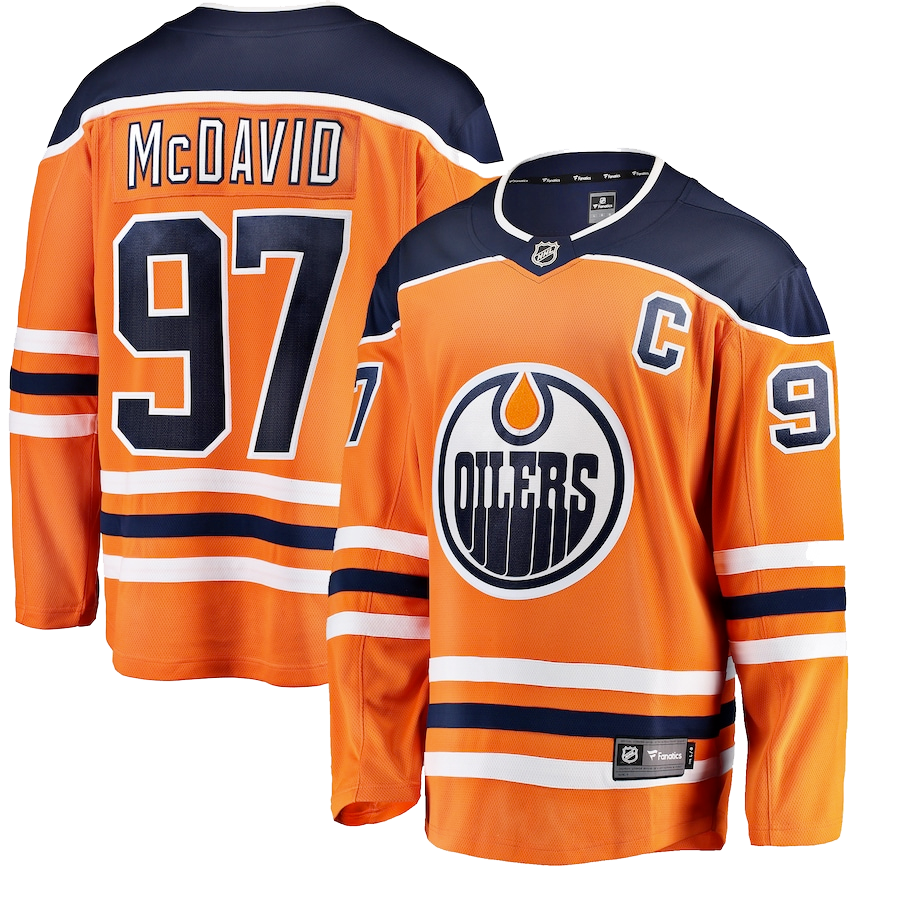Yesterday, the Dallas Stars signed forward Roope Hintz to an eight-year, $67.6 million contract. The 26-year-old Hintz is a terrific hockey player, and is now locked up in Dallas through the 2030-31 season. For Stars fans, this is almost certainly seen as great news; Hintz is one of the team’s leading scorers with 24 points in 22 games, and now they don’t need to worry that he’ll be departing next offseason. And for Hintz, a solid start to his NHL career (194 points in 261 games) has delivered immense financial security. But was the contract a good idea for the Stars? The answer is more complex than you might realize.
With NHL contracts, the average value is typically the cap hit. Sometimes, the player’s salaries will vary wildly over the terms of the deal, while other times the compensation is effectively flat. Here’s a look at two different contracts, both having the same annual cap hit:
| Player A Salary | Player B Salary | Cap Hit | |
|---|---|---|---|
| 2022-23 | $8,000,000 | $12,000,000 | $8,000,000 |
| 2023-24 | $8,000,000 | $11,000,000 | $8,000,000 |
| 2024-25 | $8,000,000 | $10,000,000 | $8,000,000 |
| 2025-26 | $8,000,000 | $9,000,000 | $8,000,000 |
| 2026-27 | $8,000,000 | $7,500,000 | $8,000,000 |
| 2027-28 | $8,000,000 | $6,000,000 | $8,000,000 |
| 2028-29 | $8,000,000 | $5,000,000 | $8,000,000 |
| 2029-30 | $8,000,000 | $3,500,000 | $8,000,000 |
| $64,000,000 | $64,000,000 | $64,000,000 |
There’s a huge difference in annual values, but the annual cap hits are identical. Player A’s contract would typically be given to a superstar player nearing the end of their prime, enabling them to maximize their annual earnings when their performance is still at its best, while paving the way for them to retire before their salary drops precipitously. Player A’s contract would typically be given to a younger player whose value is expected to be relatively flat over the term of the deal. In Hintz’s case, the contract includes $12 million in signing bonuses paid out over the first four years of the deal, after which the Stars’ annual payout will be $6.9 million on a deal with a $8.450 cap hit. For teams operating at a loss like the Arizona Coyotes, a contract like Hintz’s could be incredibly attractive in its final years, as it would enable them to get $8.450 million closer to the currently $61 million salary cap floor while only spending $6.9 million actual dollars (a very meaningful $1.5 million cash savings).
When signing a player to an eight-year deal, virtually every GM is doing so despite not having been in their role (as GM) for anywhere close to eight years (and likely won’t last that long). In fact, Stars GM Jim Nill is one of only seven GMs who have served in that role for more than eight years, while more than half the league’s GMs haven’t been in their role for as long as four years. Here’s a look at all 32 NHL GMs’ tenures, from longest to shortest:
| General Manager | NHL Team | Tenured Since |
|---|---|---|
| David Poile | Nashville Predators | July 9, 1997 |
| Doug Armstrong | St. Louis Blues | July 1, 2010 |
| Kevin Cheveldayoff | Winnipeg Jets | June 8, 2011 |
| Jarmo Kekalainen | Columbus Blue Jackets | February 13, 2013 |
| Jim Nill | Dallas Stars | April 29, 2013 |
| Brad Treliving | Calgary Flames | April 28, 2014 |
| Brian MacLellan | Washington Capitals | May 26, 2014 |
| Don Sweeney | Boston Bruins | May 20, 2015 |
| Pierre Dorion | Ottawa Senators | April 10, 2016 |
| Rob Blake | Los Angeles Kings | April 10, 2017 |
| Don Waddell | Carolina Hurricanes | May 8, 2018 |
| Kyle Dubas | Toronto Maple Leafs | May 11, 2018 |
| Lou Lamoriello | New York Islanders | June 5, 2018 |
| Julien BriseBois | Tampa Bay Lightning | September 11, 2018 |
| Chuck Fletcher | Philadelphia Flyers | December 3, 2018 |
| Steve Yzerman | Detroit Red Wings | April 19, 2019 |
| Ken Holland | Edmonton Oilers | May 7, 2019 |
| Ron Francis | Seattle Kraken | July 18, 2019 |
| Bill Guerin | Minnesota Wild | August 21, 2019 |
| Kelly McCrimmon | Vegas Golden Knights | September 1, 2019 |
| Tom Fitzgerald | New Jersey Devils | January 12, 2020 |
| Kevyn Adams | Buffalo Sabres | June 16, 2020 |
| Bill Zito | Florida Panthers | September 2, 2020 |
| Bill Armstrong | Arizona Coyotes | September 17, 2020 |
| Ron Hextall | Pittsburgh Penguins | February 9, 2021 |
| Chris Drury | New York Rangers | May 5, 2021 |
| Kyle Davidson | Chicago Blackhawks | October 26, 2021 |
| Kent Hughes | Montreal Canadiens | January 18, 2022 |
| Patrik Allvin | Vancouver Canucks | January 26, 2022 |
| Pat Verbeek | Anaheim Ducks | February 3, 2022 |
| Mike Grier | San Jose Sharks | July 5, 2022 |
| Chris MacFarland | Colorado Avalanche | July 11, 2022 |
If I were the owner of an NHL team, I’m not sure I’d be as comfortable letting GMs hand out eight-year deals, especially given that most GMs don’t last eight years on the job. In fact, the only way I’d agree to such deals is if the GM could definitively demonstrate that the value the player offers (overall) makes such a commitment worthwhile. In a world where there’s no salary cap, these types of expenditures would only be a matter of the owner’s discretion. But in a salary-capped world, a GM making the wrong long-term commitments today can not only mean the end of their tenure but also hamstring their successors.
The point here is not to say that Hintz’s contract was a bad idea by definition, but that the teams giving out these contracts should only be doing so in situations where one of the following conditions exists:
- The player’s short-term surplus value exceeds the risk that they’ll be cap albatrosses later. For larger market teams, front-loading the contract (irrespective of the player’s age) makes the contract easy to move in its later years.
- The player’s contract represents a value overall, with the long-term cap hit unlikely to be detrimental even at the contract’s end.
- The team is a Stanley Cup contender, and adding this missing/coveted piece is likely to be a difference-maker.
If the Stars believe that Hintz can produce at a point-per-game pace over the course of the next 4-5 seasons, it’s fair to say that Hintz fits relatively neatly into category #1, and that his contract will be deemed a good value overall. Here’s a look at a couple of other contracts signed last offseason, with an eye towards how they’ll age.
Hampus Lindholm, Boston Bruins
8 Years, $52 Million
Last offseason, the Boston Bruins opened the proverbial vault for defenseman Hampus Lindholm, signing him to an eight-year deal worth $52 million. The numbers and contract length both seemed high at the time, but it’s the Bruins who are smiling now. With 18 points in 22 games and a gaudy +20 rating, Lindholm has been one of the best defensemen in the league and is an early candidate for the Norris Trophy. His cap hit for 2022-23 is $6.5 million, but his surplus value is likely to be $3-$4 million (value beyond is cap hit). Another season or two like this one, and Lindholm’s contract will quickly be seen as one of the NHL’s best bargains. Of course, if he’d gotten off to a terrible start in Boston and was floundering on the third defense pair, the evaluation of this contract would look vastly different. Kudos to GM Don Sweeney – who hopes to celebrate his eighth year on the job on May 20, 2023 – for seeing the surplus value in a player most analysts viewed as a solid supporting cast-member rather than a difference-making star.
Vincent Trocheck, New York Rangers
7 Years, $39.375 Million
In sharp contrast, the New York Rangers signed Vincent Trocheck to be their second-line center behind Mike Zibanejad, and it hasn’t worked out well at all. Trocheck has scored only 15 points in 23 games with an ugly minus-8 rating, stats that actually align pretty well with his past performance and which don’t bode well for any kind of value resurgence. At 29 years old, Trocheck is near the end of his prime, making it that much more problematic that Chris Drury doled out a seven-year deal worth $39.375 million to Trocheck when he had barely completed one year on the job as GM. The annual cap hit of $5.625 million represents approximately 7% of the total $81.5 million cap in 2022-23, which should go down as the cap rises in the coming years. A 20-player starting roster (12 forwards, 6 defensemen, 2 goalies) would average $4.075 million. Each player on the roster who currently exceeds that total makes it necessary to roster another player on a bargain-basement or entry-level deal, and the Rangers currently have seven such players (Zibanejad, Trocheck, Chris Kreider, Artemi Panarin, Adam Fox, Jacob Trouba and Igor Shesterkin). Those contracts will all still be on the books when the Blueshirts need to find money for K’Andre Miller, Alexis Lafreniere, Kaapo Kakko and Filip Chytil, all of whom can be expected to seek bridge deals exceeding that $4.075 million. It wasn’t a good time to commit big – or even medium-sized – money to a mid-level second line center, and because he’s delivering negative value at the beginning of the contract, it makes the back half of the contract that much worse.
For all of the early draft picks the Rangers accumulated in their rapid rebuild (Vitali Kravtsov, Kakko, Lafreniere), this season’s rough start has put their future cap woes into sharp focus, with Panarin’s deal ($11.643 million through 2025-26) looking worst of all. The seven-year deal Panarin signed with the Rangers reinvigorated the franchise, and he delivered plenty of highlight-reel moments over the course of his first few seasons in New York. But as the back half of the contract approaches, we’re seeing a player on the wrong side of 30, with only six goals in 23 games and a minus-9 rating. It’s much easier to imagine this contract getting worse over time – not better – and though Panarin’s annual compensation goes down to $9 million in the final year of the deal (representing a more than $2.5 million cash savings versus the cap hit), his full no-trade clause means it’ll be virtually impossible to get him to accept a trade to a small-market team that would prefer the cash savings to the performance. In a league that rewards cap efficiency, the commitment of 21% of the team’s cap dollars to these two players in 2022-23 already looks awful, with another three seasons to go on Panarin’s deal and another six for Trocheck’s.
Looking at how these contracts can go poorly on the balance sheet, the Minnesota Wild will be suffering heavily with regard to cap space due to the contracts given to Zach Parise and Ryan Suter; each will cost the Wild over $20 million in cap space through 2024-25 and between $10-$11 million each year. The Florida Panthers’ pursuit of a Cup has no doubt been hampered by the need to spend $5.4 million in cap space on the retired Keith Yandle. When these contracts were signed, everyone kind-of figured that the ends of their deals might be ugly. But seeing the Wild dedicate 13% of their cap space to Parise and Suter through 2024-25 – without receiving any on-ice benefit whatsoever – really puts into perspective just how badly these deals can go, even with the best of players and intentions.
When evaluating a free agent signing, it’s incumbent upon the team, media and fans to understand the long-term implications of locking a player up into his mid-30s when players’ primes are typically in their early-to-mid 20s. Basically, if the player can’t be expected to meaningfully outperform his peers through at least the first half to two-thirds of the contract, it’s more than likely that the final years of the contract will be a regrettable salary cap albatross. It’s not hard to see where the Bruins went right with Lindholm and where the Rangers went wrong with Trocheck, but it’s also clear that there was plenty of luck involved. The Rangers bet that Trocheck would enjoy immediate chemistry with Panarin and represent an upgrade over Ryan Strome (Panarin’s good friend, who signed with Anaheim) while providing a more physical presence down the middle, but thus far it hasn’t worked out. Meanwhile, the Bruins were likely expecting in Lindholm a 35-40 point defenseman (at best) who could capably anchor the second pair… instead, they find themselves with a Norris Trophy candidate delivering tremendous surplus value.
Given Hintz’s age and upward statistical trajectory, he’s more likely to be a success story than a cautionary tale, but so many factors – injuries, linemates, regression – can quickly change the narrative. And that, in a nutshell, is why long-term contracts should only be given to players who deliver exceptional value, and why mid-level players (like Trocheck) shouldn’t ever be given contracts that severely hamper their teams’ long-term financial flexibility. It’s rarely if ever going to be a good bet.


